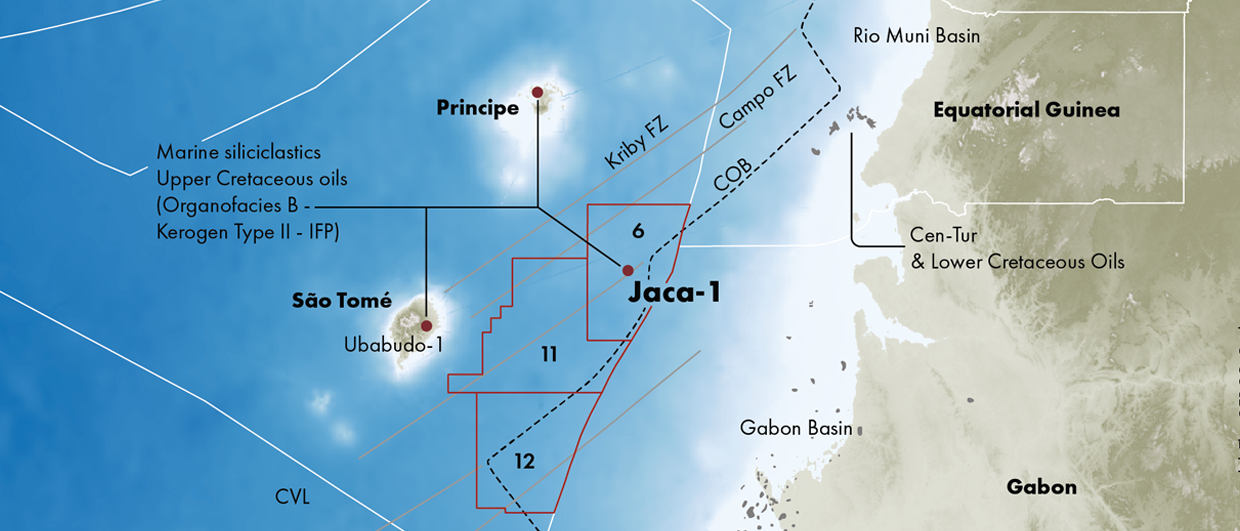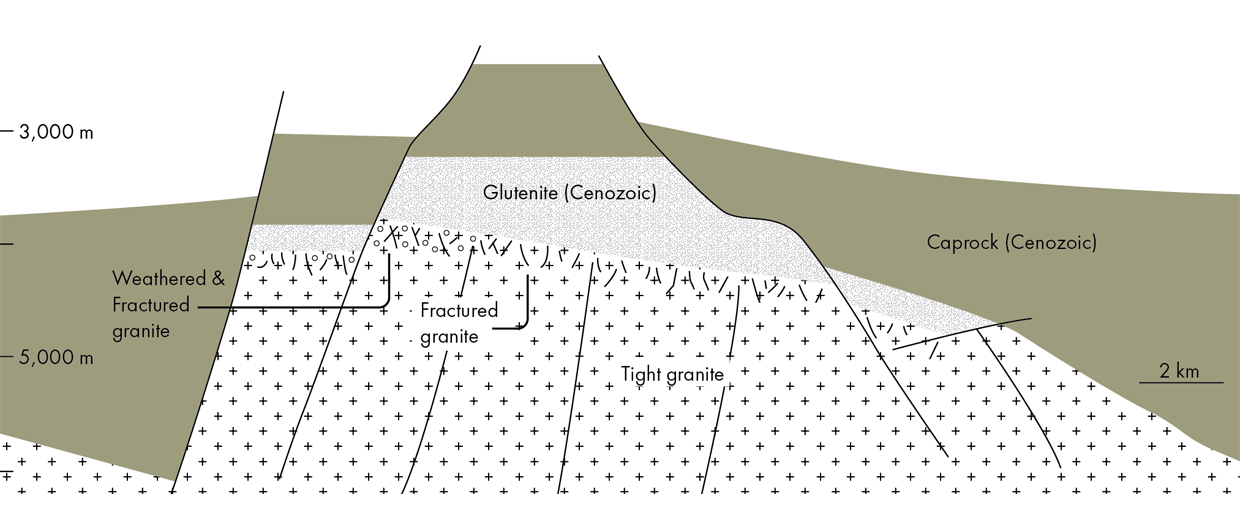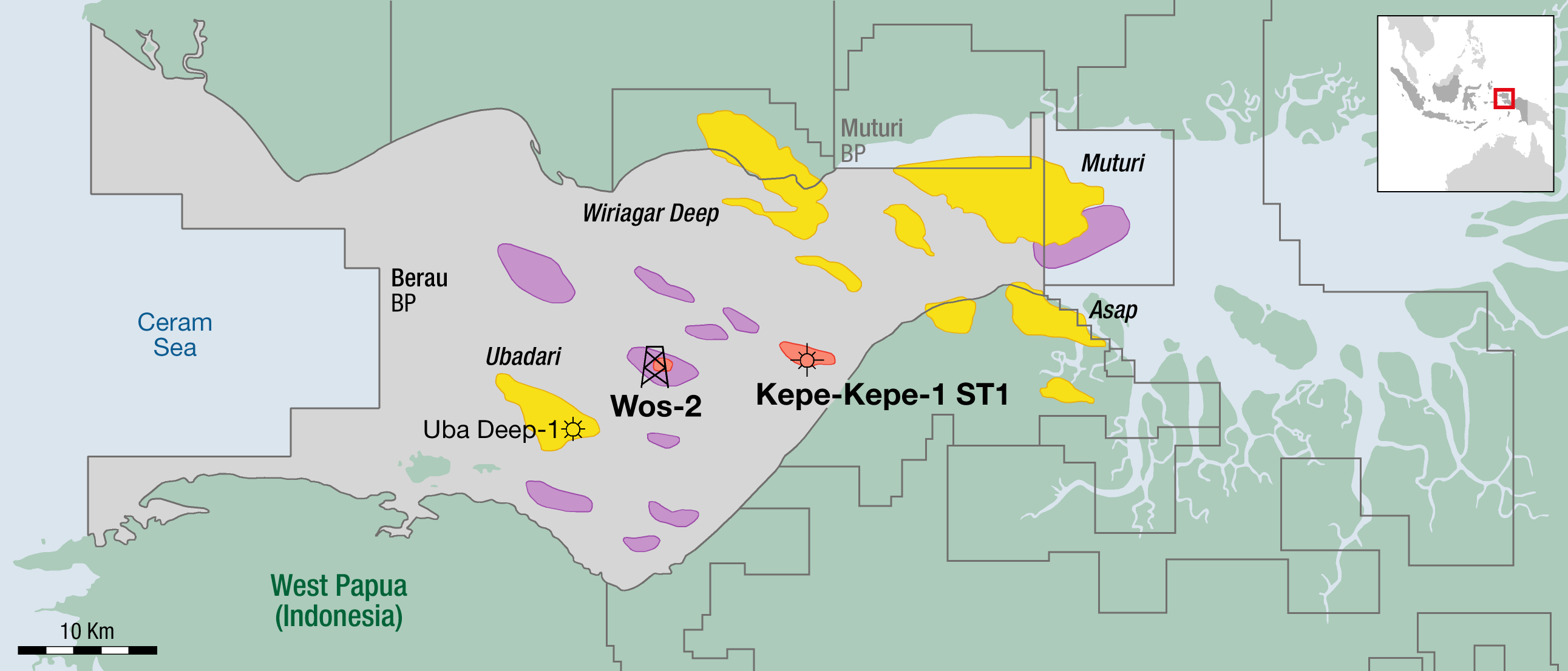Since Anadarko Petroleum Corporation acquired Kerr-McGee in 2006, the company has established itself as a premier exploration company, drilling an average of 20 deepwater exploration/ appraisal wells each year. Since 2008, this drilling program has achieved an overall success rate of 70%, compared to an industry average of less than 50%. The company has been successful in opening new exploration plays in Mozambique and West Africa while continuing its successful exploration program in established plays such as the Gulf of Mexico and Brazil.
In this article Dean Hennings describes the exploration investment process, from the vantage point of a geoscientist who has participated in this process from several different perspectives.
Global Portfolio
Anadarko maintains one global portfolio for its exploration and appraisal inventory, meaning that every opportunity has to compete for capital with other investment opportunities in the portfolio, with, for example, exploration prospects offshore Mozambique competing with those in the Gulf of Mexico. This approach enables the company to optimize its investment decisions and shift capital in response to varying market conditions and changes in our understanding of prospects in the inventory.
One exception to this approach is that exploration prospects do not compete with development opportunities for capital. Anadarko is committed to exploration and intentionally invests around 20% of its annual capital program in exploration and appraisal efforts.
Explorationists generate multiple ideas. The most promising of these are developed into leads. Further technical work is carried out on the lead-inventory, and the best leads are matured into prospects, which are then fully characterized and placed into the portfolio. A key insight from the funnel model is that attrition is a normal part of the exploration process. And, typically, the larger the opportunity set, the greater the possibility of selecting the best opportunities for the next stage of the process.
There are also some challenges in this idealized process.
One challenge is that there can be different motivations between the prospect team, which wants to see its opportunities drilled, and the company, which wants to see the best opportunities drilled. And companies that reward successful explorers (defined as those who drill successful wells) could find themselves encouraging salesmanship and overly optimistic evaluations of exploration prospects.
Estimating Risk and Resource Potential
 High Grading the Exploration Inventory: Materiality, or Net Present Value, plotted against Capital Efficiency, which is a ratio of profit over investment results The size of the bubble varies to represent the Net Resource Potential of the opportunity. Source: Anadarko
High Grading the Exploration Inventory: Materiality, or Net Present Value, plotted against Capital Efficiency, which is a ratio of profit over investment results The size of the bubble varies to represent the Net Resource Potential of the opportunity. Source: Anadarko Source: Anadarko
Source: Anadarko The funnel is commonly used to describe the evolution of exploration prospects. Source: AnadarkoTo combat this, Anadarko has a Risk Consistency Team (RCT) that works with exploration teams to minimize personal bias and characterize the subsurface risk and potential of leads and prospects in a consistent manner. The RCT accomplishes this through peer assists and peer reviews and, importantly, does not function as the ‘prospect police.’
The funnel is commonly used to describe the evolution of exploration prospects. Source: AnadarkoTo combat this, Anadarko has a Risk Consistency Team (RCT) that works with exploration teams to minimize personal bias and characterize the subsurface risk and potential of leads and prospects in a consistent manner. The RCT accomplishes this through peer assists and peer reviews and, importantly, does not function as the ‘prospect police.’
In the Anadarko process, if the prospect team and RCT cannot agree on the characterization of an opportunity, the difference is noted, but the portfolio is populated as characterized by the prospect team, since they are the ones requesting investment capital from the company. Generally, explorers are very good at figuring out how big an exploration opportunity might be; it is often more difficult to recognize how small it could be. The process of peer review enables often robust conversation about both ends of the distribution of possible outcomes.
This part of the process is focused on characterizing the subsurface opportunity in terms of possible hydrocarbon volumes and probability of geologic success.
Exploration carries inherent risks both financially and geologically. However, risk itself is neither good nor bad, if it is accurately understood.
Probably the majority of companies who engage in exploration follow some form of this process. A frequently neglected part of a robust risk characterization process is the post-mortem. Explorers deal with the unknown and by definition cannot know what the drill-bit will discover. Post-mortems create the critical feedback loop that enables exploration teams to calibrate their risk assessment process, with questions like, “are we too optimistic (or too pessimistic) in our assessment of risk?” or “are we too optimistic (or pessimistic) in characterizing the size of our opportunities?” Since implementing its probabilistic exploration process, Anadarko has conducted rigorous annual lookbacks of its exploration program and has generated discovered volumes that are within a few percentage points of the risked-mean prediction for the portfolio.
Commercial Analysis
 It is difficult to remove subjective bias when comparing items which are inherently different. Source: AnadarkoEstimating the resource potential of an exploration opportunity can be likened to an assay.
It is difficult to remove subjective bias when comparing items which are inherently different. Source: AnadarkoEstimating the resource potential of an exploration opportunity can be likened to an assay.
Once the hydrocarbon potential of the opportunity has been assessed, the next step is to characterize it commercially. Inputs from the subsurface evaluation are used to create risked economics so that opportunities can be evaluated on a level playing field.
Anadarko summarizes the results of its technical and commercial analysis of each opportunity with three key metrics, which are then placed on a graph for comparability. This stylized representation of the opportunity inventory shows a range of captured opportunities, including some that are below the company’s investment threshold. Some of these are opportunities that our explorers believe could be more significant after key technical work is completed. Other opportunities below the line could be candidates for monetization.
It is important to note that Anadarko does not conduct exploration by spreadsheet. Our view is that the technical analysis is feedstock to good decision making, but investment decisions are too complex to be reduced to one set of numbers.
Comparing Apples and Oranges
Anadarko’s investment process greatly facilitates the evaluation of international new venture opportunities. Our INV team looks at more than one hundred investment opportunities each year. The question they ask is not “Is this a good prospect?” but rather, “Would this opportunity compete for investment capital within our portfolio?”
Rather than picking prospects, let us assume our objective is to select the best piece of fruit. Is an apple better than an orange? Is a mango better than a banana? The answer depends on what we desire more, but it also illustrates the difficulty of removing subjective bias when comparing items that are inherently different.
The first thing we need to do is to compare like for like: bananas with bananas, apples with apples, etc. Then, we ask the question, “What are my needs?” Do I need mangos or bananas, or some of each? This thought experiment is very relevant to the exploration business where we are called on to make decisions like conventional versus unconventional; deepwater or onshore; short, medium or long term?
We then reach the point where we have to decide which fruit we are going to pursue, and which are the best of those? The larger the bushel of apples, the simpler it will be to select the best of the bunch. It is easier to select the best three of ten than the best three of four. This insight is very important to our portfolio approach to exploration investment decision making. We always want our opportunities to compete for capital, which means that in an ideal world we will always have more opportunities in our portfolio than we can fund in a given period of time.
We can look at our apples as long as we want, but at some point, the true test of our selection ability is to take a bite of our apple. We can predict, based on our experience and intuition, but until we bite we cannot know with certainty what the apple will taste like.
As good as we think we are, we also know that some of our investment opportunities will not work out. But, if we are good apple-estimators, and if we purchase more than one apple, we are confident that over time our apple-picking abilities will be vindicated.
 Dean Hennings has more than 30 years of experience in the oil and natural gas industry. He began his career with Arco in 1980 and has held management positions in subsurface risk consistency, geoscience technology, information technology, exploration and development. He recently completed assignments in Anadarko’s Investor Relations and New Ventures teams prior to moving to Rio de Janeiro, where he is President of Anadarko Exploração e Produção Ltda. Source: Anadarko Exploração e Produção de Petróleo e Gás Natural Ltda
Dean Hennings has more than 30 years of experience in the oil and natural gas industry. He began his career with Arco in 1980 and has held management positions in subsurface risk consistency, geoscience technology, information technology, exploration and development. He recently completed assignments in Anadarko’s Investor Relations and New Ventures teams prior to moving to Rio de Janeiro, where he is President of Anadarko Exploração e Produção Ltda. Source: Anadarko Exploração e Produção de Petróleo e Gás Natural Ltda
We all learned in our Probability and Statistics courses that accuracy in predicting outcomes is improved with a larger sample size. At Anadarko, we implement this principle by actively managing our working interest in exploration opportunities. We typically target a working interest in the 30–50% range for exploration wells. This enables us to increase the number of exploration wells drilled (bites of the apple) and thereby improve our ability to meaningfully predict what our exploration portfolio will deliver.
The beautiful thing about exploration is that we will always encounter surprises. We never know as much as we think we do. Sometimes, these surprises prove to be dry holes. Sometimes, they are significant discoveries. At Anadarko the portfolio approach has created a useful paradigm for project selection and positioned the company for repeatable exploration success that has resulted in the aforementioned 70% success rate over the last five years.
Acknowledgment: The basis for this article grew out of a collaborative effort between the author and David O’Brien, Director, Reserves Administration & Portfolio, Anadarko Petroleum Corporation.







